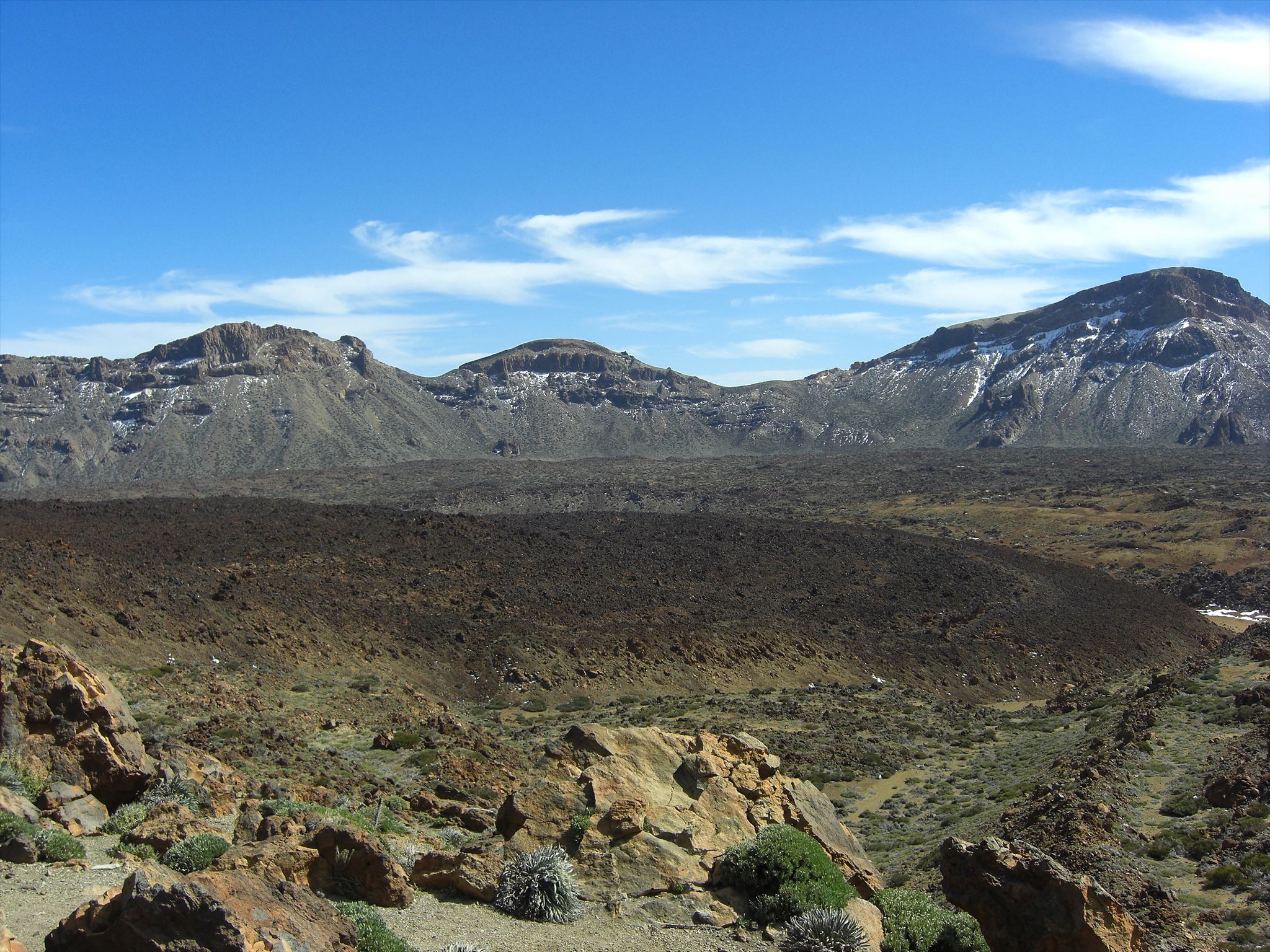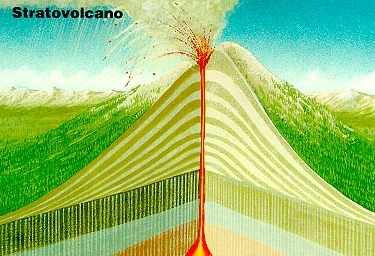El Tabonal Negro

El Tabonal Negro ist der mit 2362m höchste Aussichtspunkt auf der TF-21, die Lugar las Cañadas del Teide.
Diese ist wohl die eindruckvollste Landschaft von Teneriffa am Fuße des über 3700m hohen Pico del Teide.
Die Landschaft ist geprägt durch bizarre Formen, entstanden aus erkalteten Lavaströmen in unterschiedlichsten Farben und im nächsten Augenblick schaut man auf schier unendlich erscheinende wüstenähnliche Landstriche.
El Tabonal Negro is the highest vantage point (2362m) on the TF-21, the Lugar las Cañadas del Teide.
This is probably the most impressive scenery of Tenerife, at the plateau of the 3700m of Pico del Teide.
The landscape is characterized by bizarre shapes which formed the lava flow in various colors and in the next moment you look at seemingly endless desert-like landscapes.
Ihr befindet euch in der Mitte von einer 12×17 Kilometer großen Caldera (Kraterkessel) namens Las Cañadas. In dieser entstanden weitere „kleinere“ Vulkane wie das Teidemassiv mit dem Pico Viejo. Bei diesen Vulkanen handelt es sich um sogenannte Schichtvulkane. Diese sind aus einzelnen Schichten von Lava und Lockermassen aufgebaute Vulkane. Man erkennt sie an ihrer relativ steilen, spitzkegeligen Form. Ursache für ihre Entstehung ist vor allem der Kieselsäure-Gehalt des Magmas, der bei solchen Vulkanen meist zwischen etwa 55 % und 60 % liegt. Dadurch ist das Magma relativ zähflüssig – fließt also nicht sehr weit und bildet dicke Lavaströme. Es handelt sich dabei meist um differenziertes Magma, also Magma, das sich aus basaltischem Magma entwickelt hat oder um Magma, das durch Einschmelzung des unteren Teils der Erdkruste entsteht. Es ist mit ca. 700°C bis 900°C relativ kalt. Der hohe Gasanteil bewirkt, dass die Eruptionen explosiv verlaufen und zwar meist im Wechsel zwischen austretendem Lockermaterial, genannt Tephra (Bomben, Lapilli, Aschen), und Lava. Eine solche Abfolge verursacht bei Erkaltung und Ablagerung die charakteristische Schichtung, die namensgebend für diesen Vulkantyp ist.
You find yourself in the middle of a 12 × 17 kilometer caldera called Las Cañadas. This created further "small" volcanoes such as the Teide massif with the Pico Viejo. These volcanoes are known as strato volcanoes. These are made of various layers of lava and loose masses constructed volcanoes. They are recognized by their relatively steep, pointed conical shape. Cause of its origin is mainly the silica content of the magma, which is at such volcanoes usually between about 55% and 60%. Thus, the magma is relatively viscous - not flowing very well and is thick lava flows. These are usually differentiated magma, that is magma that has developed from basaltic magma or magma, formed by fusion of the lower part of the earth's crust. It is relatively cold with about 1292°F to 1652°F. The high proportion of gas causes the explosive eruptions run and usually alternating between leaking loose material called tephra(bombs, lapilli, ash) and lava. Such a supply chain caused by deposition and cool down the characteristic layering of the eponymous for this volcano type.

Quelle: Wikipedia
El Tabonal Negro entstand in der Zeit des jüngeren Vulkanismus durch einige der weit über 100 kleineren Aschekegel. Dies lässt sich schön an den schwarzen noch nicht verwitterten und nicht mit Erde bedeckten Gesteinsmassen erkennen.
Ihr befindet euch hier an einer Stelle wo die Zusammensetzung des vulkanischen Materials eine andere ist und somit eine geologische Besonderheit darstellt! An dieser Stelle ist ein Magmaaustritt aus einem sogenannten Schlot zu sehen. Die hier ausgetretene Magma unterscheidet sich zum Rest der hier vorherrschenden Vulkantätigkeit in der Zusammensetzung des hohen Silikatanteils und des geringen Eisengehaltes. Dadurch wird die Magma zähflüssiger. Hinzu kommt ein relativ niedriger Gasdruck, aufgrund dessen die Eruption nicht explosiv und wechselhaft verläuft.
Durch diese speziellen Umstände entsteht ein phonolytischer Dom und es wird der auf den folgenden Abbildungen dargestellte Prozess ermöglicht.
El Tabonal Negro was created during the recent volcanic activity by some of the more than 100 small cinder cones. You can see it in the black rock material.
You are here at a point where the composition of the volcanic material is different and thus represents a geological feature! At this point a magma outflow from a so-called chimney is visible. The assets magma is different to the rest of this dominant volcanic activity in the composition of the high silicate content and the low iron content. Thus, the magma is more viscous. In addition a relatively low gas pressure, cause the non-explosive eruption and unstable runs.
These special circumstances creating a phonolytic cathedral and it will allow the process to the following illustrations.
Begebt euch an die angegebenen Koordinaten und beantwortet die folgenden Fragen anhand des Hinweisschildes.
Ihr dürft gleich loggen, wenn es Probleme gibt dann melden wir uns.
Fragen:
1. Warum fließt die Magma nur langsam?
2. Was passiert mit der Magma, während die Kruste sich abkühlt und verfestigt?
3. Was passiert zum Schluss?
4. Mache ein Foto von dir oder deinem GPS am Aussichtspunkt .
At the coordinates you will find an information board. To log this cache, answer the following questions and email us your answers.
You can log immediately. If there are any problems, we will send you a message.
Questions:
1. Why does the magma does not flow easily?
![]() 2.
2. ![]() What happens to the magma while the crust cools and solidifies?
What happens to the magma while the crust cools and solidifies?
![]() 3.
3. ![]() What happens finally?
What happens finally?
![]() 4.
4. ![]() Take a picture of you or your GPS in front of the landscape at this point of view.
Take a picture of you or your GPS in front of the landscape at this point of view.
Happy Hunting